Starbucks’ Drop‑First Playbook
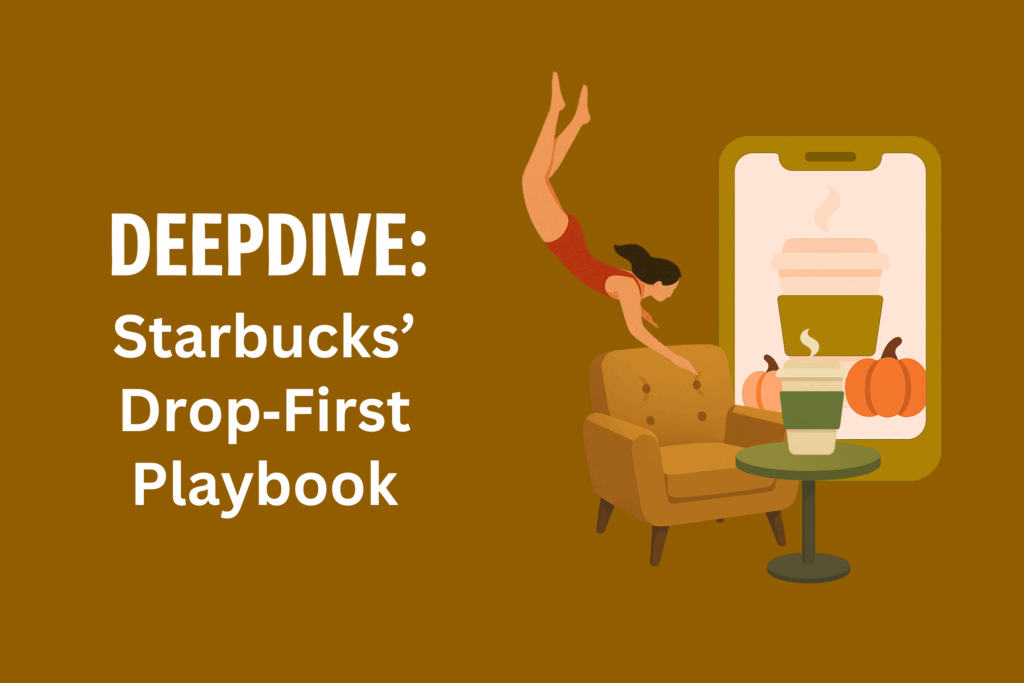
Guest post by John Langan, Solutions Consultant at ListenFirst Starbucks’ Marketing Strategy 2025: How to Turn Product Moments into an Always-On Social Engine Starbucks’ Marketing Strategy is a masterclass on brand growth and evolution, one that is not afraid to pivot as needed without fear. The cafe chain was founded in 1971 at Seattle’s Pike Place Market, […]
Cannibalization vs. Expansion: When Brand & Social Growth Eats Itself
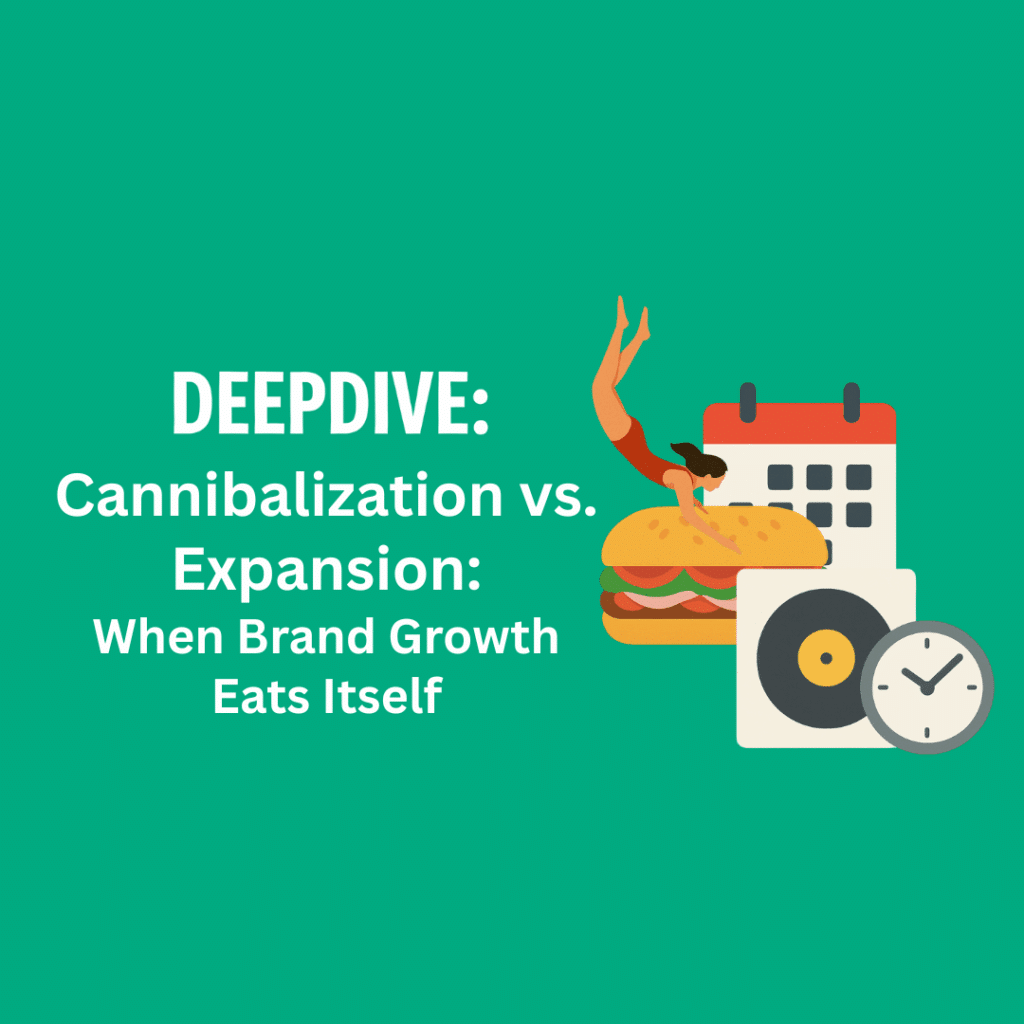
Why unchecked growth can backfire and how smarter segmentation, rollout, and social strategy help brands scale without self-disruption. In the race to grow—more stores, more content, more formats—brands often overlook a critical risk: internal cannibalization. Expansion promises reach and relevance, but without a cohesive structure, it can displace revenue, confuse audiences, and erode brand equity. […]
Diving In: Chili’s
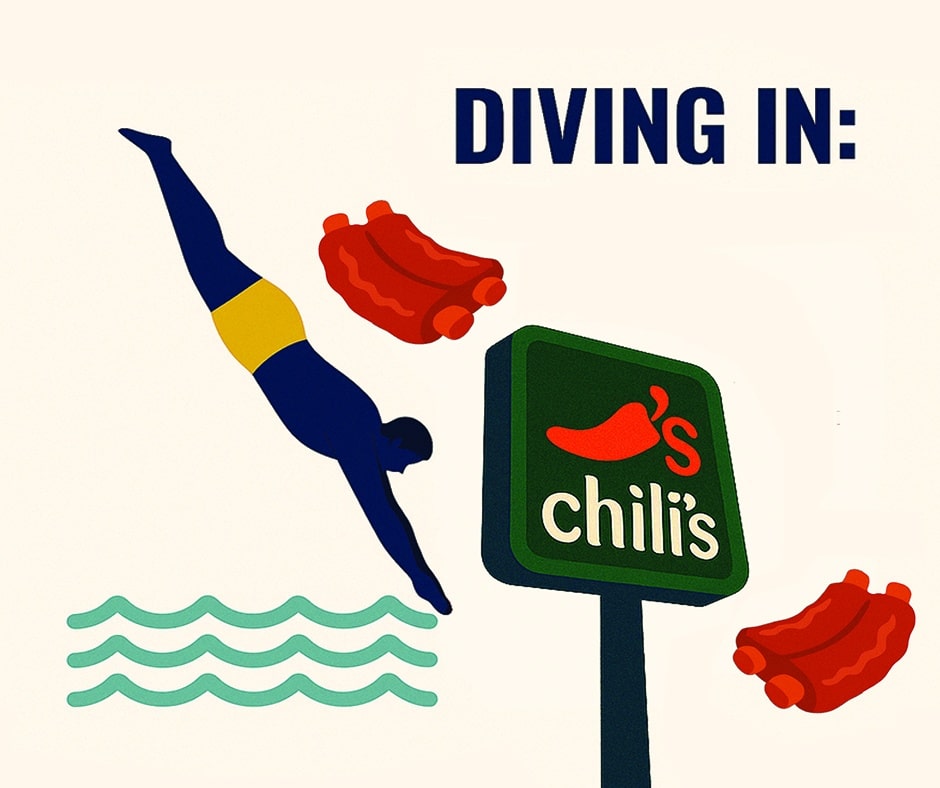
From unhinged tweets to nostalgic pop-ups, Chili’s is proving that brand legacy isn’t a liability—it’s a marketing advantage. Chili’s opened its doors in 1975 as a quirky burger joint in a converted postal station on Dallas’ Greenville Avenue. With a Southwestern flair and a laid-back, neighborhood vibe, the brand quickly expanded, becoming synonymous with casual […]
How to Create a Social Media Marketing Strategy

The right social media marketing plan serves as a guide to achieving your desired marketing goals. By incorporating key audiences and personas, core tactics, assigned roles and responsibilities, and critical social media KPIs, you can identify and track your brand’s success.
The Social Media Reaction To Roe v. Wade Getting Overturned
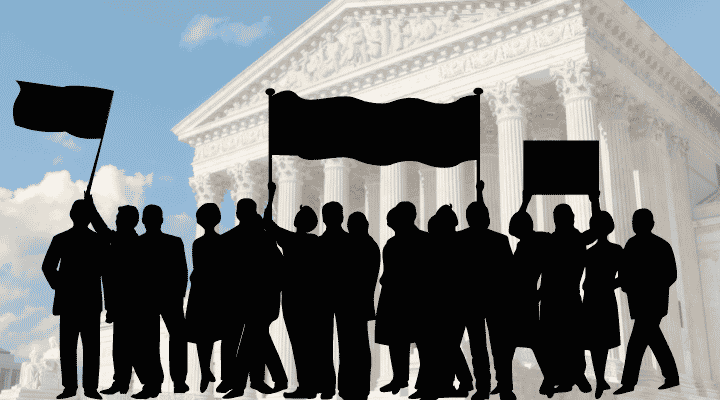
While getting consensus on anything involving abortion might seem impossible, people on both sides of the issue probably can agree the decision to overturn Roe v. Wade will likely end up being the most impactful Supreme Court ruling in decades. So what do brands need to know about the social media reaction to this court […]
Which Food And Beverage Brands Won July Fourth On Social
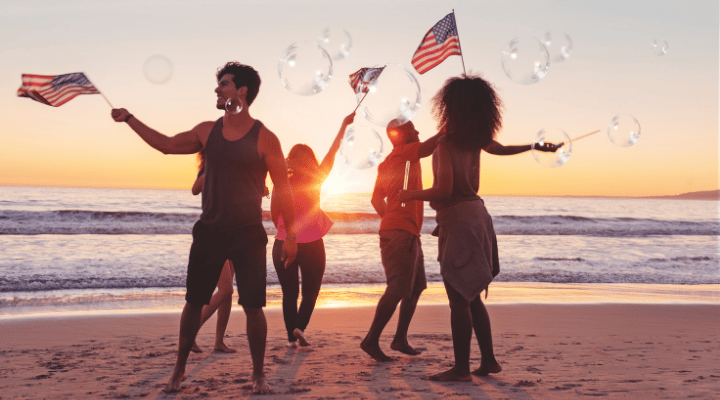
Which brands and tactics were most successful in their July Fourth related messaging? We looked at the social media analytics to identify the biggest winners around alcoholic beverages, non alcoholic beverages, and CPG Food.
